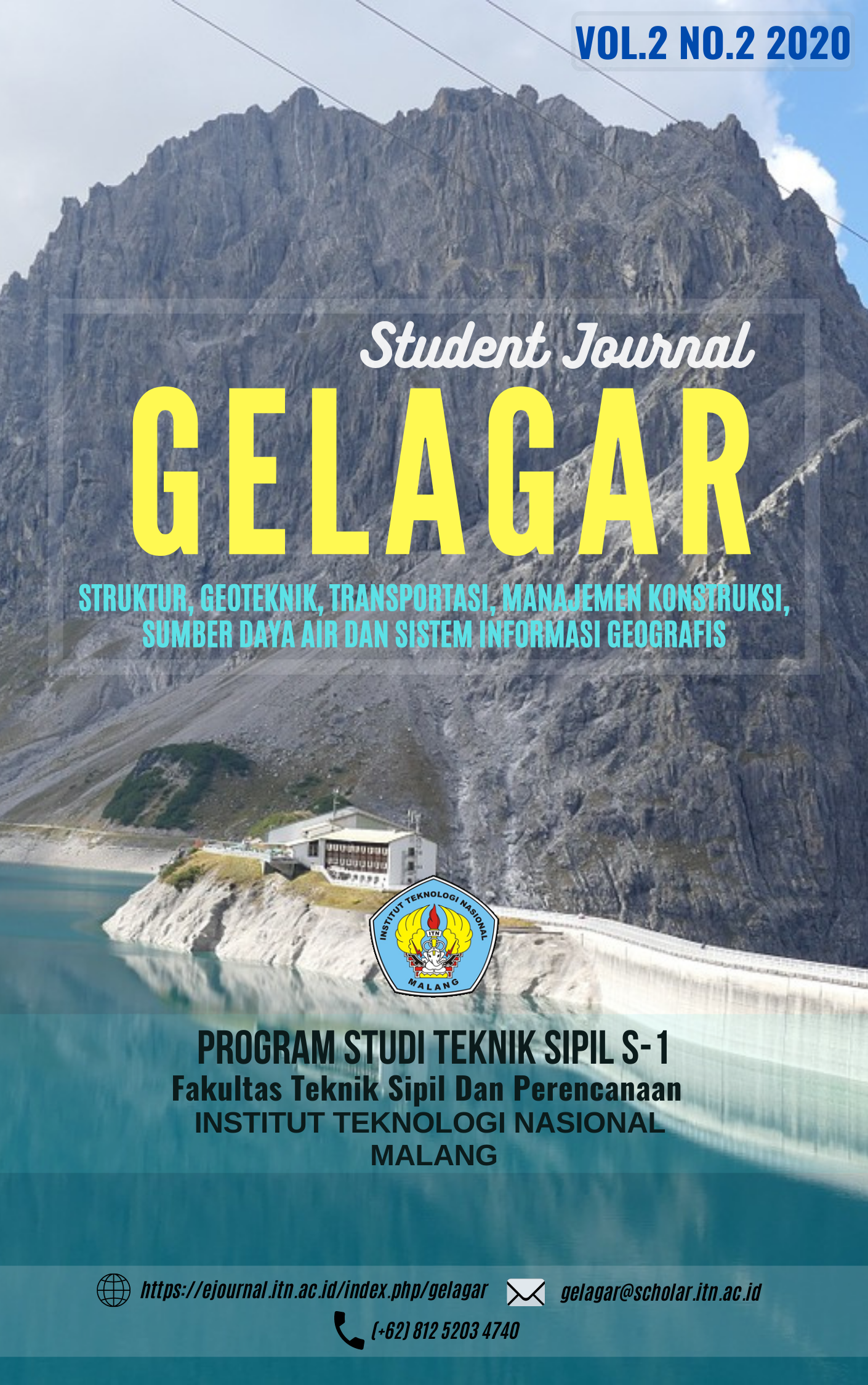PENGARUH PASIR PANTAI SEBAGAI PENGGANTI AGREGAT 0/5 CAMPURAN ASPHALT TREATED BASE (ATB)
Pada Campuran Asphalt Treated base (ATB)
Abstract
Indonesia is a country that has a very long coastline and each region has different characteristics. Considering that beach sand has different characteristics and abundant availability, therefore this study uses beach sand from Sipelot beach, Pujiharjo Village as an alternative to 0/5 aggregate in the Asphalt Treated Base (ATB) mixture. This study used an experimental method using beach sand as an aggregate of 0/5 with a variation of 0%, 25%, 50%, 75% and 100% with 3 specimens each. The aim is to find out whether there is a significant effect on the use of beach sand in terms of the Marshall characteristic values and what is the optimum percentage of use of beach sand as a substitute for 0/5 aggregate in the ATB layer. Based on the research results, it was found that the beach sand from Sipelot Beach, Pujiharjo Village as a substitute for the 0/5 aggregate on the Asphalt Treated Base (ATB) layer could affect the characteristics of Marshall. This can be seen from the results of hypothesis testing for stability, VIM, VMA, MQ and VFA, it is obtained Fcount> Ftable and it can be stated that there is a significant effect with the addition of beach sand variations, while for flow there is no significant effect. The optimum percentage of use of beach sand is 34.53%. With stability values obtained at 1079.86 kg, flow 3.23 mm, VIM 3.96%, VMA 16.07%, MQ 334.53 kg / mm and VFA 75.34%.


